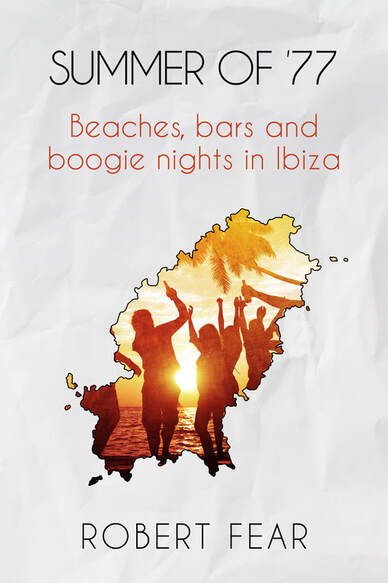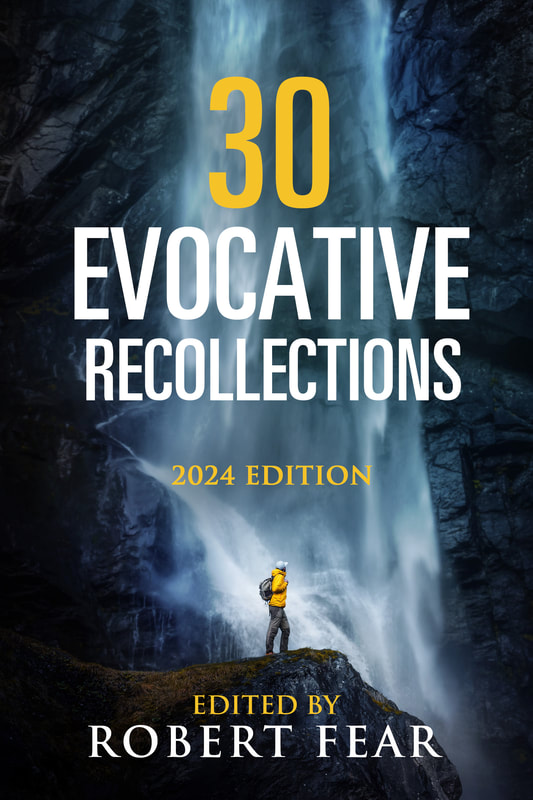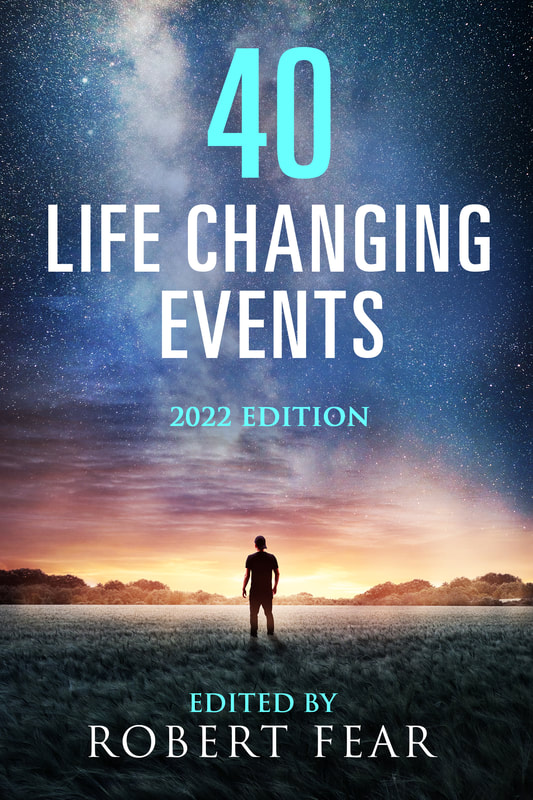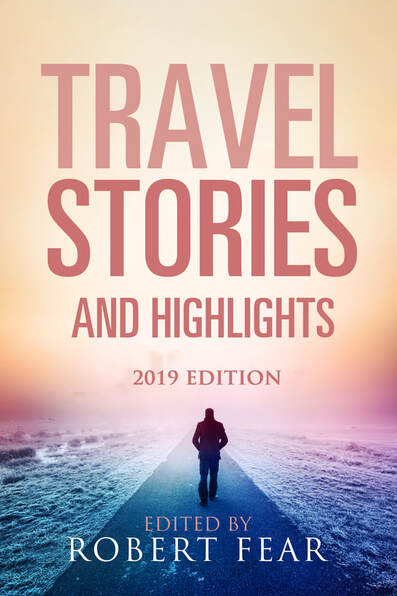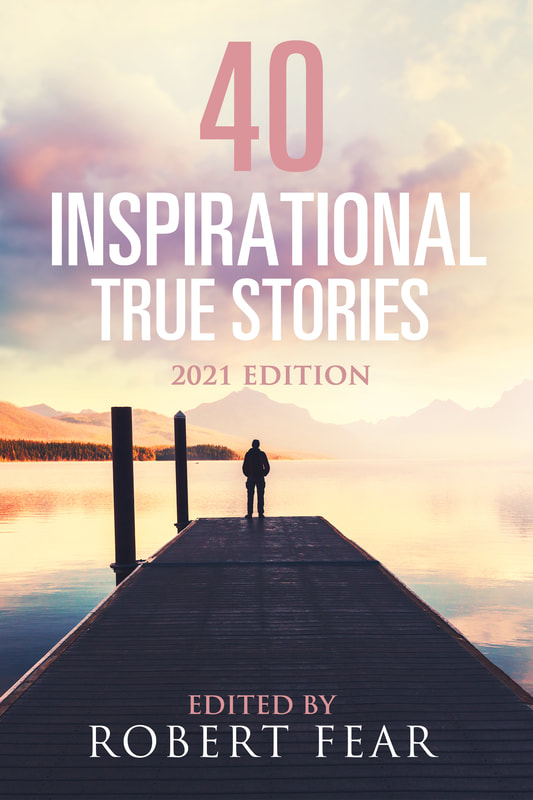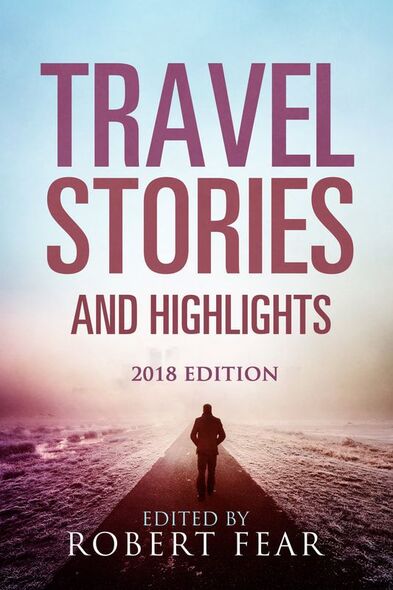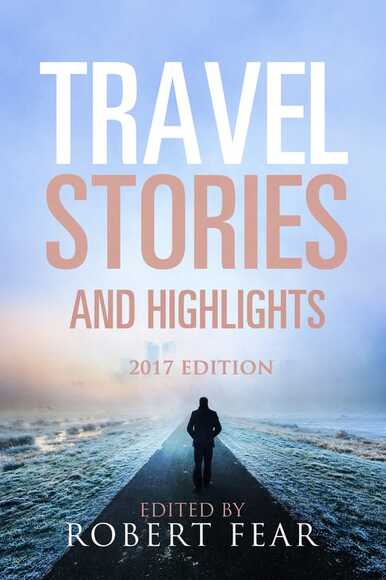Wanderlust by John Rayburn
In essence, our title could be termed “farsickness,” as an antonym for “homesickness.” It is an intense means of providing self-development by confrontation with unexpected challenges or experiencing unknown cultures and ways of life.
Country singer Willie Nelson wrote a best-selling song that said, in part:
"On the road again
Goin’ places that I’ve never been
Seein’ things that I may never see again
And I can’t wait to get on the road again."
A few years back I saw a startling statistic that said, in our most mobile society on earth, that 50% of the people in the U.S. had never been outside their home state. A newer stat shows 37% of U.S. adults have never moved from their home town.
That syndrome isn’t just here. Once in Hawaii we met a couple from Bristol, England which lies across the Bristol Channel from South Wales. They had a successful business and had vacationed in such exotic places as Costa del Sol in the south of Spain. However, they hadn’t been to Scotland, where a quick flight to Glasgow would only have covered just a bit over 300 miles.
Our aim is to provide either vicarious journeys to places you haven’t visited or to stir up pleasant memories about some of your favorite destinations.
Let’s begin with a trip on the Going-to-the-Sun Road, a relatively short 52-mile stretch that crosses the Continental Divide at about 7,000 feet altitude in the midst of Glacier National Park in Montana. The park abuts the Canadian province of Alberta and a smidgen of British Columbia and there are enough wonders to leave a lot of visitors speechless.
To call it rugged landscape would be putting it mildly and it more than lives up to a description by Native Americans when they called it the “Backbone of the World.” It had sheltered valleys and plentiful food that provided lures for people dating back almost 10,000 years. As a matter of fact, the land was controlled in the 18th century and much of the 19th by the Blackfoot tribe. Experts have said mountains in this glorious example of natural grandeur began forming 170-million years ago. The park itself was established in 1910 and covers around a million acres. The two-lane Going-to-the-Sun Road would be quite an engineering accomplishment if done today but it seems well-nigh impossible in retrospect when it was built in the 1930s.
There is a highfalutin term of “the hydrological apex of North America,” concerning Triple Divide Peak and that means that water flows from there into the Pacific, Atlantic and Arctic Oceans.
One jaunt took us east out of Spokane, Washington onto scenic Highway 2 across Idaho and eventually to West Glacier where we made our way into the park itself. It’s possible to get a taste of true wilderness in many spots, especially for adventurous hikers in the southeastern park area of Two Medicine. It’s a remote destination but a road leads into it from Kiowa in the Blackfoot Indian Reservation. A cautionary note is to be on the lookout for grizzly and black bears frequently seen in the area. They are not pets! If your timing is right you might get to see sunrise at Two Medicine Lake with the Two Medicine campground a good vantage point. It’s a breath-taking sight, enough to make the entire journey exceed whatever expectations you might have.
We exited east out of the park and swung north on a good road into Alberta and additional destination in the Waterton Lakes National Park. This is where we found a delightful hotel, the Prince of Wales Hotel, which was built in 1926-'27. It’s difficult to imagine how they were able to get building supplies for such construction through such rugged country in that period of time.
But, they did and traditional English afternoon tea time was thoroughly enjoyed while overlooking the turquoise lake. The hotel was built by a railway company to lure Americans north of the border during Prohibition days. One thing you must remember is that the tragedy of 9-11 has made drastic measures the order of the day. To go back and forth you must now have either a passport or passport card. The inconvenience is worth it.
North of Glacier about 175 miles is Calgary, home of the famed Calgary Stampede where more than a million visitors show up annually in July to see what is proudly proclaimed as “The Greatest Outdoor Show on Earth.” It features an outstanding rodeo, along with top-notch stage presentations and naturally, a midway with an invigorating carnival-like atmosphere.
If you have the time to spare moving northwest into the Banff and Jasper National Parks will provide you with scenery that almost defies description. Unspoiled wilderness is probably the best way to describe it. Some of the remarkable sights are in and around Lake Louise near Banff and farther along toward Jasper you can encounter the awesome Athabasca Falls. There’s a narrow gorge the Athabasca River comes thundering through with the result being one of the most breathtaking falls in the Rocky Mountains.
